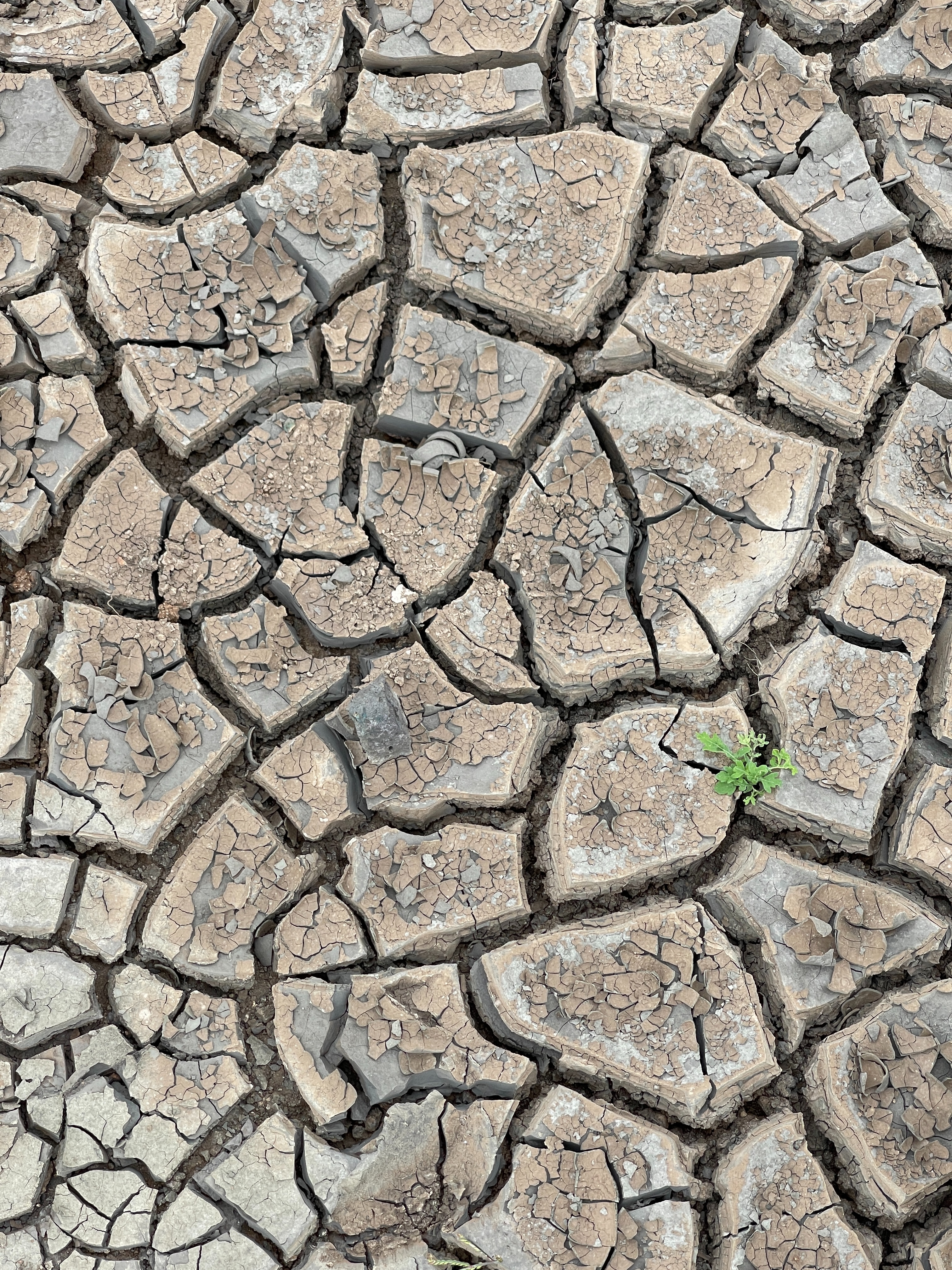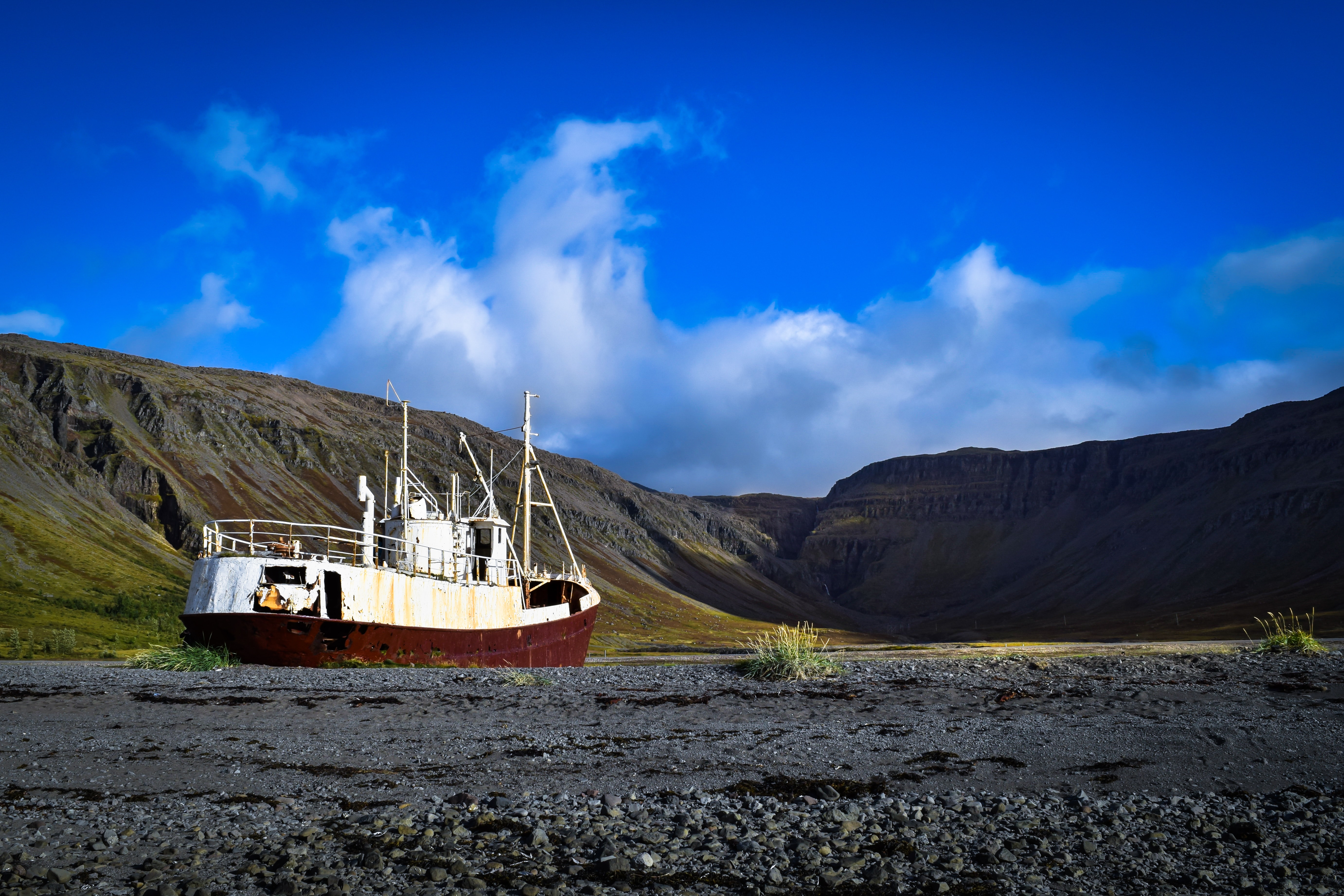Droughts
Global warming increases the risk of drought in several ways. For one, water generally evaporates more quickly at higher temperatures. For that reason, hotter weather can result in drier soils. As high air temperatures sap liquid water from soils and plant leaves, transforming it into atmospheric water vapor via a process called transpiration, ground-level drying will increase in some regions.
Higher air temperatures not only encourage drought conditions to build but also intensify them. What might have otherwise been a mild or moderate drought in a cooler world will become, in a warmer world, more severe as a result of increased evaporation.
Warming also diminishes snowfall, an essential water resource for the estimated 1.9 billion residents of the Northern Hemisphere who depend on snowpacks, or snow reservoirs that store water during the cooler months and release it when it’s needed in the warmer, drier months. Rising temperatures increase the fraction of winter precipitation that falls as rain rather than snow and also shorten the cold season, so there’s less time for snow to even occur. Such was the case in 2015, the fourth-warmest year in the contiguous U.S., when a snow drought reduced the April snowpack in the Sierra Nevada mountain range to a mere 5% of its historical average water content — its lowest snowpack in 500 years.
Seasonal melting of snowpacks can be thrown off-kilter, too. As average temperatures warm above freezing earlier in the spring, snowmelt occurs sooner and faster than usual. And rapid melting results in a shorter period during which soils and plants are kept moist.
Another way a warmer atmosphere can disrupt precipitation is by shifting storm tracks. Ordinarily, low-pressure systems known as extratropical cyclones form between 30 and 60 degrees latitude north and south of the equator. But as the climate warms globally, storms are shifting toward the poles. This means that weather features such as atmospheric rivers, which supply as much as 50% of annual precipitation to states in the Western U.S., could cease to pass over regions where their moisture is much-needed.


